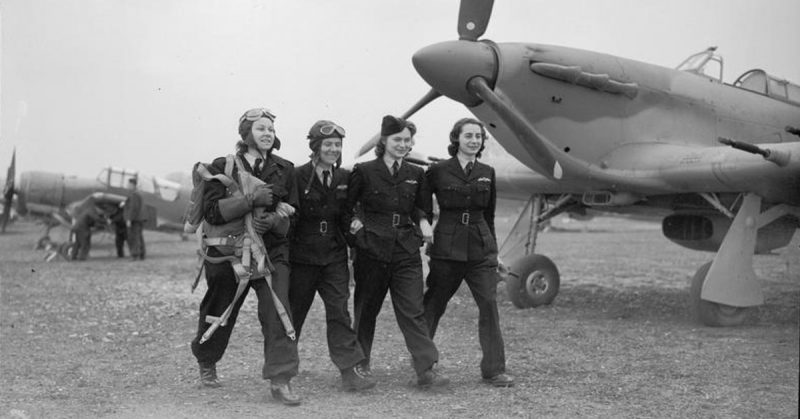At the height of the Second World War, facing growing pressure on their supply of trained and able-bodied pilots to send on combat missions, the British government established a civilian organization called the Air Transport Auxiliary (ATA).
The purpose of the group was to transport planes in non-combat situations, freeing up combat pilots to fight in the Battle of Britain and eventually in Europe as the Allies pushed towards Berlin.
The pilots in the ATA consisted of pilots who couldn’t qualify to fly in combat but could still pilot a plane. Those chosen for the role included women as well as men with physical impairments that prevented them from participating in combat.
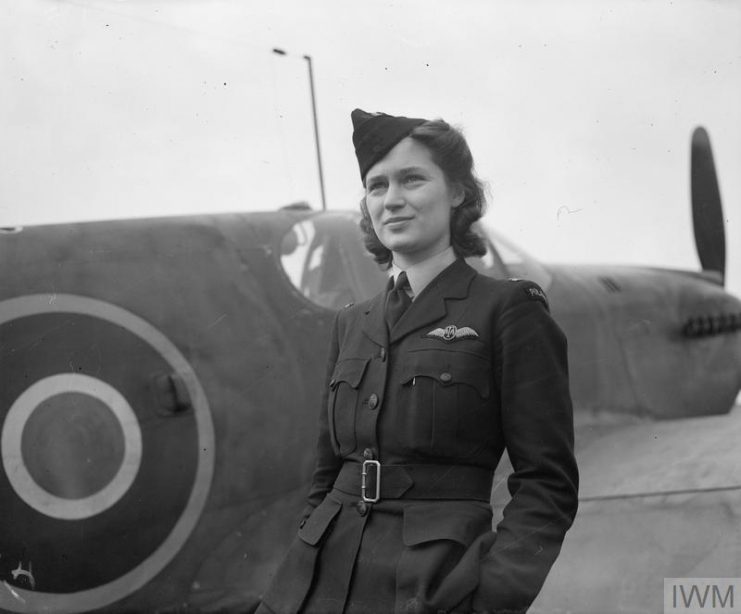
One such pilot, Molly, joined when she was just 17 years old and had only a few hours of flight time under her belt. At the time she joined, there were 160 women in the organization. Molly’s favorite plane was the Supermarine Spitfire – it was easy to take off, she said, “and then the sky was all yours.”
Since pilots did not need to file flight plans, they could just enjoy the power of the plane during their flights. Molly delivered more than 500 aircraft in her time with the ATA, surviving a crash landing in the process. She was extremely fortunate – other pilots were attacked by enemy fighters while ferrying planes and over 170 ATA pilots died in the war.
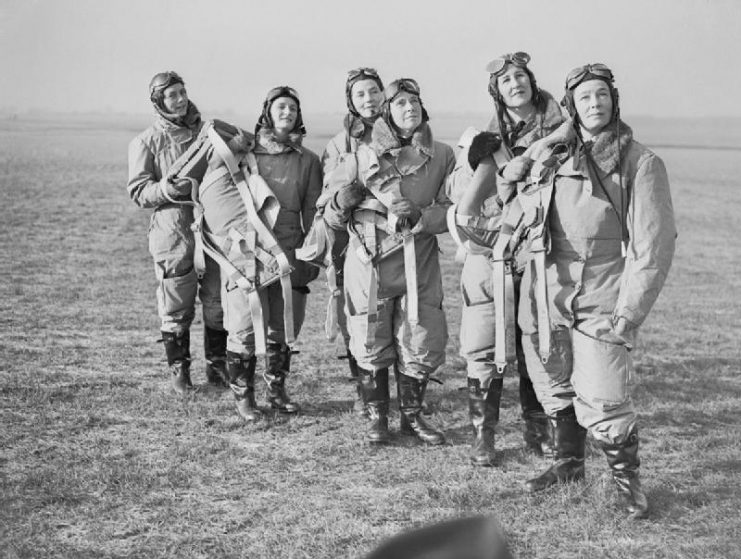
The creation of the ATA marks the first time in British history that women’s wages were on par with their male colleagues performing the same work. Still, many doubted the capabilities of women as pilots of warplanes.
The editor of Aeroplane magazine wrote in 1941 that women who thought they could fly a warplane when they weren’t even smart enough to mop the floor properly were a “menace.” Other pilots, though, had no such hang-ups. Fellow pilot Peter George said that the women pilots were sometimes “steadier than the men.”
A week after D-Day, Molly received word that her husband’s tank had been blown up with him in it. He had actually survived, but it would be six long months before Molly learned that her husband was alive, albeit in a prisoner of war camp. He would remain imprisoned for 11 months before he was able to return home.
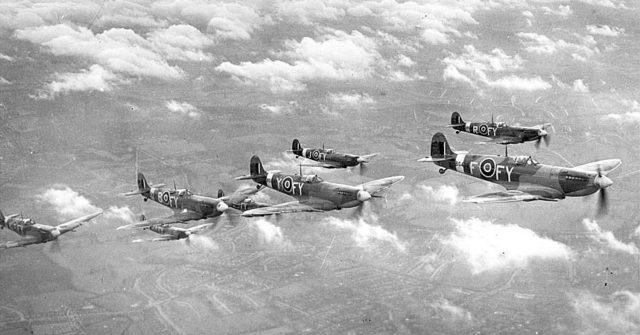
As we now approach the 80th anniversary of the first flight of the Spitfire, the Royal British Legion’s Festival of Remembrance made sure to salute the ATA for its contribution to the war effort. Sadly, Molly passed away before the celebration.
However, Joy Lofthouse and Mary Ellis were able to attend to represent the ATA at the event. Joy joined one year after Molly. She was a mere 20 years old when she signed up in 1943. She learned to fly 18 different aircraft, including the Spitfire.
Mary joined the ATA in 1941. She personally delivered 76 different types of aircraft, including 400 Spitfires. When the ATA was disbanded after the war, Mary continued to work as a pilot, ferrying other pilots for the RAF.
She also worked as a personal pilot for the man who eventually bought Sandown airport on the Isle of Wight in the English Channel. When he made her the managing director, she became the only female commandant of an airport in Europe.
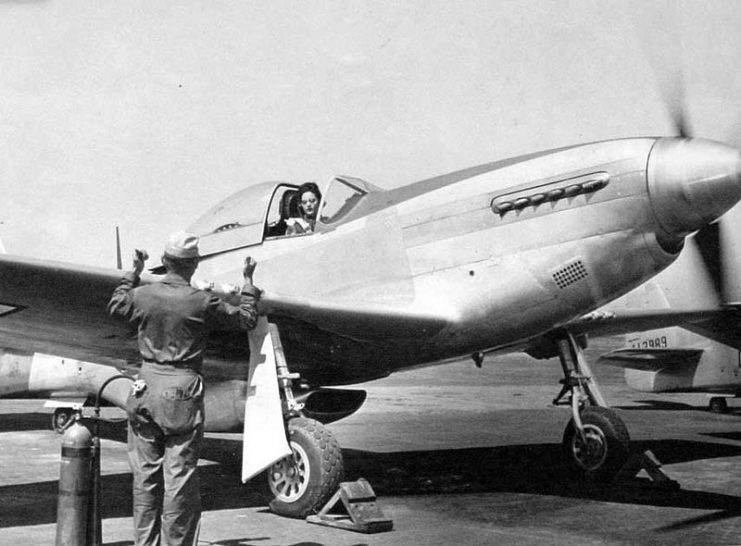
After the war, Lord Beaverbrook paid his respects to the ATA. He complimented their hard work, noting that if not for their bravery the war could have been even more difficult for the British than it was. Beaverbrook stated,
“Just as the Battle of Britain is the accomplishment and achievement of the RAF, likewise it can be declared that the ATA sustained and supported them in the battle. They were soldiers fighting in the struggle just as completely as if they had been engaged on the battlefront.”
